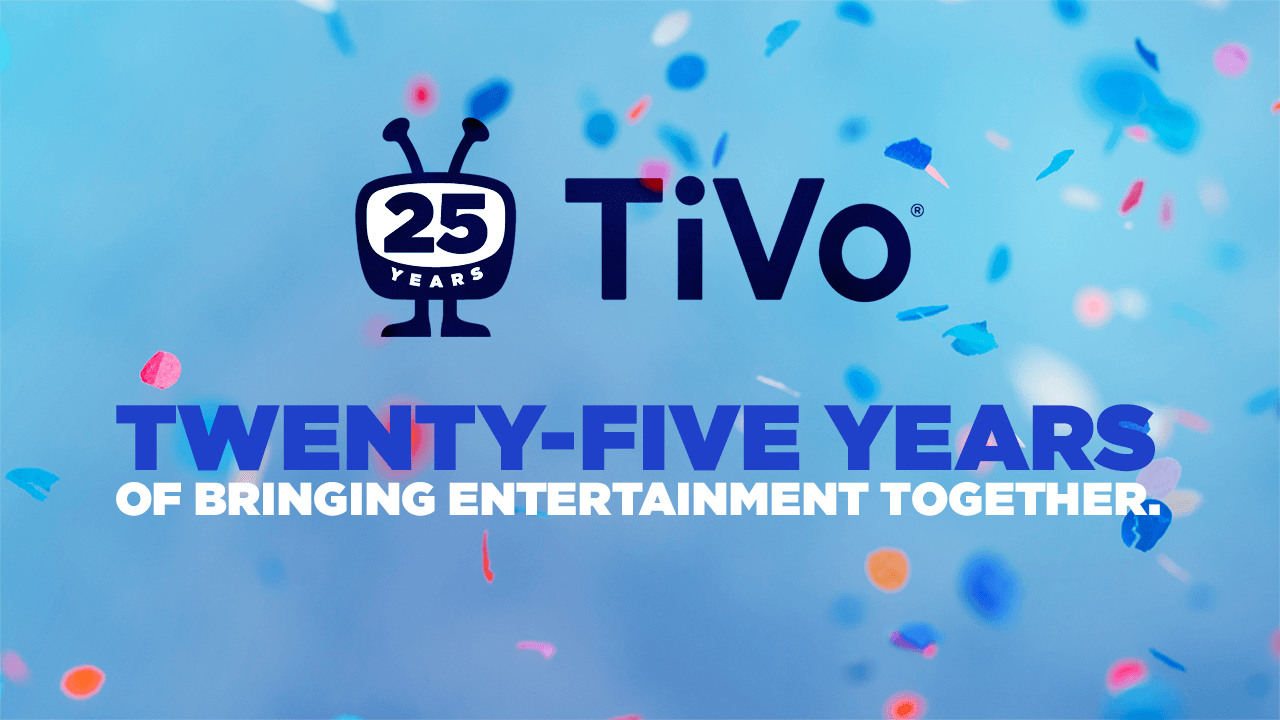Like many other industries, advertising lives in a big data world now. Nielsen once held an effective monopoly as the single currency to transact advertising. That era is being left behind in favor of more granular and specific ways of defining and reaching consumer audiences beyond broad demographics and a single screen to measure what they watch, where and how often.
Consumers are watching TV in a lot of different places and on different devices. Because of the growth of digital delivery and streaming technologies, people are watching on their smart TVs, but also on their phones, on their commute to work and on laptops and tablets. More and more, TV is even being watched on dedicated screens in the car. Recent announcements from car makers like BMW tell us that in-vehicle entertainment systems are here and ready for more immersive and personalized experiences.
This proliferation of screens requires technological innovation, and the advertising industry has been looking toward big data to help develop solutions that enable advertisers to target their customers regardless of what screen they are using. With the rise of streaming services, mobile viewing, and other digital platforms, buyers and sellers have demanded a more comprehensive yet, granular currency and measurement system.
For decades, Nielsen provided a single currency measurement based on the control of data sourced from an opt-in consumer panel. Behavioral data captured from the panel measured viewership using metadata as its spine for program identification and classification. Together, these serve as critical ingredients that make a currency transactional. Though access to video content beyond the TV was rapidly adopted by consumers, the currency for sizing and measuring consumption did not adapt accordingly.
All this change has spurred the entire industry to look at different ways to operate. For instance, a new coalition was formed called the Joint Industry Committee (JIC). JIC is comprised of media agencies, premium video programmers, streaming platforms and trade bodies, whose stated purpose is to accelerate measurement innovation for the advertising industry at scale. JIC began a process whereby companies with big data capabilities could be evaluated on their ability to provide a cross-platform currency that is transactional. This would help to transform an industry that for nearly 50 years had been using a single monopoly currency (the Nielsen C3 and C7 ratings) into an industry where advertisers could choose from a set of standardized options that work best for them. These new standards would help quantify not just their audiences, but how their rates are determined, and help set measurement standards.
On Sept. 20, 2023, JIC announced that it has given conditional certification to Comscore, iSpot and VideoAmp as currency alternatives for cross-platform advertising planning and buying. The conditional certification is part of JIC’s ongoing currency evaluation efforts, with full certification expected to be awarded in 2024 in time for the annual upfronts.
Big data is at the core of this evaluation and was the first requirement listed for any cross-platform currency to be certified as transactional. Publishers including Warner Brothers Discovery have already announced that it will partner with Comscore and VideoAmp to enable alternative currencies for national advertisers transacting across its linear inventory and data-driven advanced advertising solutions in the upfront. More announcements are expected to follow.
Access to big data that is unbiased, representative, interoperable and most importantly, accurate is mandatory to establish success toward this effort. It gives buyers and sellers as well as platforms where the exchanges are made, a more refined ability to define audiences. For example, if an advertiser is looking to target travel enthusiasts between the ages of 35 and 65, these alternative currency providers have innovated proprietary methods to identify programming on sellers’ platforms that will reach this targeted audience.
These exchanges are made on a data-driven basis using machine learning and artificial intelligence to predict where and when to reach consumer audiences across platforms. I wrote about the programmatic advertising paradigm in a recent post on this blog. This automated process not only boasts efficiency with pricing driven by demand but, has stimulated innovation with the emergence of alternative approaches from companies such as VideoAmp, Comscore and iSpot to define currencies built on big data and technology.
The passive capture of TV viewership data has become core to define currency given its scale and granularity of program tune-in and commercial exposure and non-exposure. Providers such as TiVo, source this big data from set-top boxes and ACR (automated content recognition) technology embedded on smart TVs. With access to viewership data at scale, buyers can access more detailed insights about consumer behavior, preferences and viewing habits, allowing them to target their advertising efforts more effectively. Sellers, on the other hand, can leverage this data to demonstrate the value of their advertising space or content and negotiate better deals.
But to make viewership data transactional, metadata is required. Recently, Nielsen Gracenote which provides metadata to identify and classify programming for viewership data and is often bundled with its currency data announced it was pulling its license from VideoAmp in a move to disrupt its momentum as a competitive currency offer. It seemed to have the reverse effect and instead shed light on the extent of the monopoly formerly in place.
This is another example of the democratization of data that is paving the way for the modernization of media and advertising practices. We’re no longer reliant on a single provider and shackled by its demands, practices and prices. Ultimately, it has sparked innovation and will help drive efficiency, because now it will be up to the advertisers and the sellers to work in a way that fits their specific objectives, target audience, and desired pricing, scale, and reach.
Bringing back power and control into the hands of the buyers and sellers — rather than a third party — is a major step for this industry. Monopolistic practices remove choice from the market and are bad for everyone — advertisers and consumers alike. When an industry like this can remove a monopoly, the freedom of choice returns and innovation can flourish.
Stay up to date on the latest technology and insights from TiVo here.



